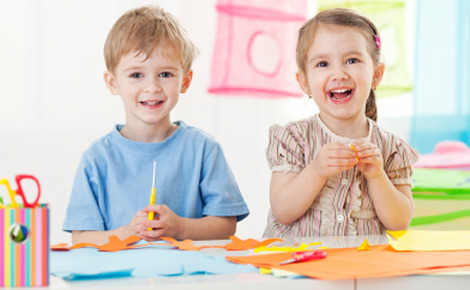 |
| Photo Credit |
Once the baby is born, there are many things that you as the parent can do to help give them that million-dollar-smile! I was interested to learn that the bacteria that causes cavities is only passed from the caregiver's mouth to the baby's! So try to avoid putting anything in your child's mouth that has been in your own. Another tip is to clean off pacifiers with water instead of your own spit. Of course this can't be avoided altogether, so that's why we brush our teeth!
Even before the baby's teeth start to come in, you can use products, such as xylitol wipes (found at most local natural foods stores), to help prevent cavity producing bacteria from lingering in his or her mouth. This will reduce the risk of cavities developing in your child's 'baby" teeth. Fluoride is another substance that you should do your research on, and decide if it is something that you want to implement in your child's dental regimen.
When Should My Child Start Using a Toothbrush?
 |
| Photo Credit |
Once their teeth start to poke through the gums, you can start getting them ready for using a toothbrush! Start by using xylitol wipes or a damp wet cloth and rubbing it on their gums. This will help them adjust when you start to brush their teeth. Once you start brushing their teeth, let your child try brushing first, then go in and finish up the job. It's a good idea to avoid any kind of toothpaste until your children are 2 years old because they could swallow it.
Flossing is not necessary until the teeth are in contact, meaning they are touching the tooth next to it. Most dentists like to see the kids starting to brush their teeth at age one to three. Your baby's teeth are super important and need to be taken care of early in life to help prevent them from having cavities.
Many things can effect how your child's teeth will look and function later on in life. Always ask your dentist about what precautions need to be taken during your child's stages of growth.
Many things can effect how your child's teeth will look and function later on in life. Always ask your dentist about what precautions need to be taken during your child's stages of growth.
(The information in this blog post was found on Motherhood Center)


















.jpg)
.jpg)

